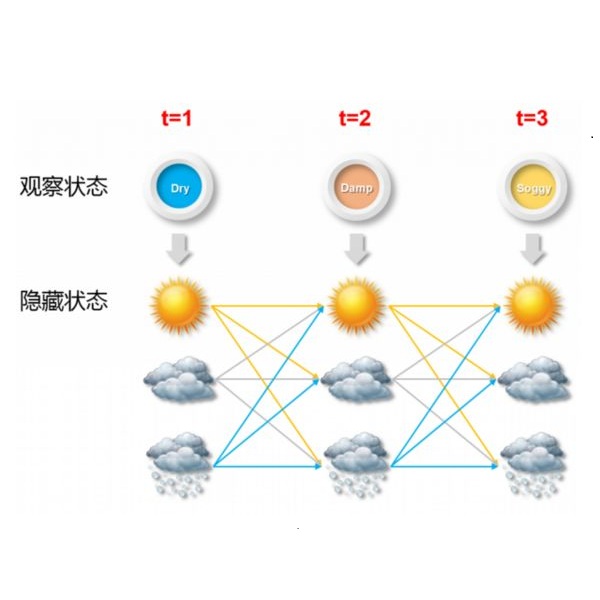Humans make daily-routine decisions based on their internal states in intricate interaction scenarios. This paper presents a probabilistically reconstructive learning approach to identify the internal states of multi-vehicle sequential interactions when merging at highway on-ramps. We treated the merging task's sequential decision as a dynamic, stochastic process and then integrated the internal states into an HMM-GMR model, a probabilistic combination of an extended Gaussian mixture regression (GMR) and hidden Markov models (HMM). We also developed a variant expectation-maximum (EM) algorithm to estimate the model parameters and verified them based on a real-world data set. Experimental results reveal that the interactive merge procedure at highway on-ramps can be semantically described by three interpretable internal states. This finding provides a basis for autonomous vehicles to develop a model-based decision-making algorithm in a partially observable environment.
翻译:人类在复杂的互动假设情景中根据内部状况做出日常例行决定。本文件介绍了一种概率再生的学习方法,以确定在高速干线上合并时多车辆相继相互作用的内部状态。我们把合并任务顺序决定视为动态的、随机的过程,然后将内部状态纳入HMM-GMR模型,这是延长高斯混合回归(GMR)和隐藏的Markov模型(HMM)的概率组合。我们还开发了一种变式最大预期算法,以估计模型参数并根据真实世界数据集进行验证。实验结果表明,在高速干线上的互动合并程序可以由三个可解释的内部州进行内涵描述。这一发现为自主车辆在部分可观察的环境中开发基于模型的决策算法提供了基础。




